20/22 Newdegate StreetNorth Hobart TAS 7000
Property Details for 20/22 Newdegate St, North Hobart
20/22 Newdegate St, North Hobart is a 4 bedroom, 2 bathroom House.
Last Listing description (March 2021)
Presented to the market for the first time in over 50 years, it's all about investment with this fantastic property.
Invest In your real estate portfolio, invest in your financial future, invest in North Hobart's history!
One of only a handful of properties currently on the market in strongly held North Hobart, this property has three dwellings on one title, with current combined potential rental returns of $1200 to $1300 per week, the options here are endless. Perhaps airbnb is an option for you, or live in one and rent out the other two dwellings to long term tenants. Whatever you decide the gains will be yours.
Built in the mid 1800's 20-22 Newdegate Street (originally named Queen Street) was part of the first major development in North Hobart, and this conjoined property remains true to it's original heritage. With two dwellings within the main building, each fully self-contained, and a third dwelling at the rear of the property (built in the mid 1900's) this property is an exciting prospect to consider, and will provide returns for years to come.
When this property was built Tasmania had just become an independent colony, and many of the early timber buildings in Hobart were being replaced with elegant sandstone buildings, such as the Town Hall opposite Franklin Square and St Davids Anglican Cathedral. At this time Hobart's local industries and commerce were thriving and the town's population had grown from 20,000 in the 1820's to about 60,000 at the time of construction.
On 16 June 1840 John Dunn - a prominent Hobart citizen, a man of considerable wealth and a speculator - purchased from the government 11 acres 1 rood (about 4 hectares) of land in what was then an unnamed Hobart suburb situated to the west of the main road to New Town. Over the next decade, Dunn put in the 50ft-wide roads, Queen Street and King Street (renamed respectively as Newdegate and Pitt Street in the 1920s), and the 40ft-wide St Andrew Street (now known simply as Andrew Street). Dunn subdivided the land into 71 allotments fronting the new streets.
Then, on 7 April 1851, the well-known Hobart auctioneer, Mr Elliston, spent five hours putting up all Dunn's lots for auction. All but thirteen of them sold, fetching 1,914 10s. James Hurst - like Dunn, a wealthy Hobart speculator - bought twenty-nine of the lots including the one which today holds 20-22 Newdigate Street. He paid Dunn 900 for them. Although the history of all these lots has not been studied, it would seem that Hurst had houses erected on all of them fairly swiftly. Certainly, he built the two conjoined brick houses on 20-22 Newdegate Street before 8 March 1853, when he sold the block to Robert Barton Wiggins (a builder) for 60.
With an attractive white picket fence and cottage garden the property is surrounded by other quality homes. The conjoined cottages are 1-2 bedrooms, with the spacious upstairs bedroom in each boasting dormer windows and built in robes. Downstairs there are two generous sized living areas, one of which could be used as a second bedroom. The kitchen/dining areas offer access to the bathrooms in each cottage and there are also separate toilets. An internal door offers access between the cottages provides the option of using it as one dwelling.
A separate weatherboard cottage at the rear of the property is a fully self contained granny flat. There is also a large shed with three separate storage areas, one for each dwelling on the property. The level yard is fully fenced with established gardens and plants, and side access on both sides.
Current rental appraisal for each of the conjoined cottages is $430 - $460 per week each, and the granny flat at the rear of the property $350 - $380 per week.
An absolute rock sold investment in sought after North Hobart this property is a must to inspect. Invest now and reap the rewards, as exciting opportunities like this in blue chip areas of Hobart don't come by every day. This is not to be missed, so call Enrico today to arrange your private inspection.
*The information contained herein has been supplied to us and we have no reason to doubt its accuracy, however, cannot guarantee it. Accordingly, all interested parties should make their own enquiries to verify this information.
Property History for 20/22 Newdegate St, North Hobart, TAS 7000
- 05 Jan 2021Listed for Sale Expressions of Interest
Commute Calculator
Recent sales nearby
See more recent sales nearbySimilar properties For Sale nearby
See more properties for sale nearbySimilar properties For Rent nearby
See more properties for rent nearbyAbout North Hobart 7000
The size of North Hobart is approximately 1 square kilometres. It has 3 parks covering nearly 5.6% of total area. The population of North Hobart in 2011 was 2,653 people. By 2016 the population was 2,511 showing a population decline of 5.4% in the area during that time. The predominant age group in North Hobart is 20-29 years. Households in North Hobart are primarily childless couples and are likely to be repaying $1800 - $2399 per month on mortgage repayments. In general, people in North Hobart work in a professional occupation. In 2011, 45.1% of the homes in North Hobart were owner-occupied compared with 41.8% in 2016.
North Hobart has 1,586 properties. Over the last 5 years, Houses in North Hobart have seen a 29.51% increase in median value, while Units have seen a 44.44% increase. As at 31 October 2024:
- The median value for Houses in North Hobart is $921,678 while the median value for Units is $748,376.
- Houses have a median rent of $565 while Units have a median rent of $498.
Suburb Insights for North Hobart 7000
Market Insights
North Hobart Trends for Houses
N/A
N/A
View TrendN/A
N/A
North Hobart Trends for Units
N/A
N/A
View TrendN/A
N/A
Neighbourhood Insights
© Copyright 2024 RP Data Pty Ltd trading as CoreLogic Asia Pacific (CoreLogic). All rights reserved.


/assets/perm/33hq2cis6ii63ahulxscqq26xy?signature=e973ad357946f24204e3de684e563cac46ce7b696d85efc82bcc1df8b7ee0bce) 0
0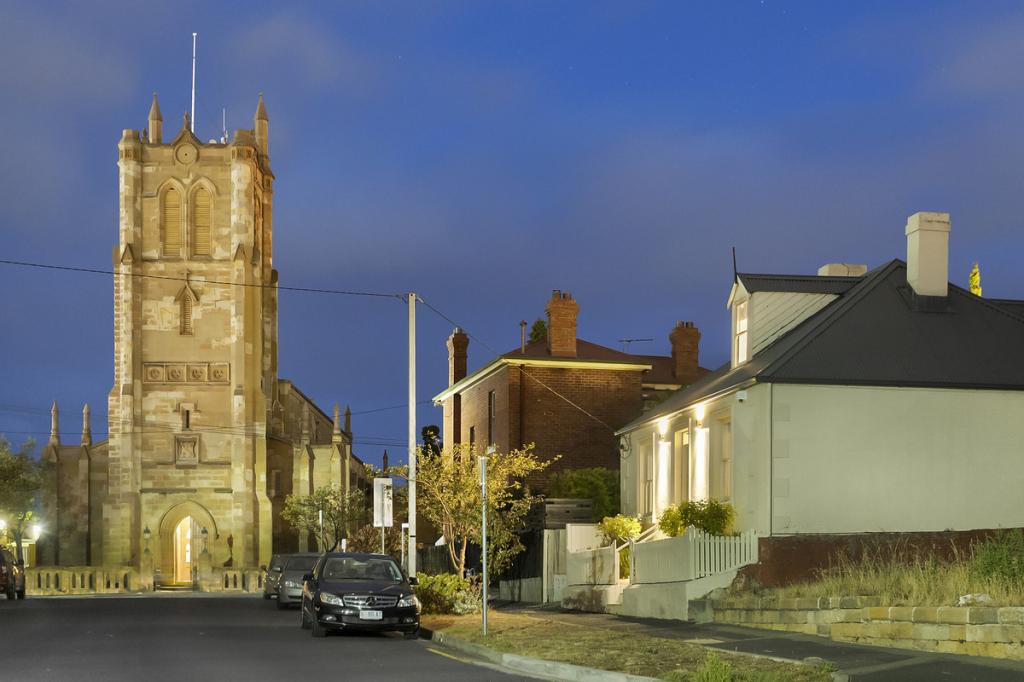 0
0

 0
0
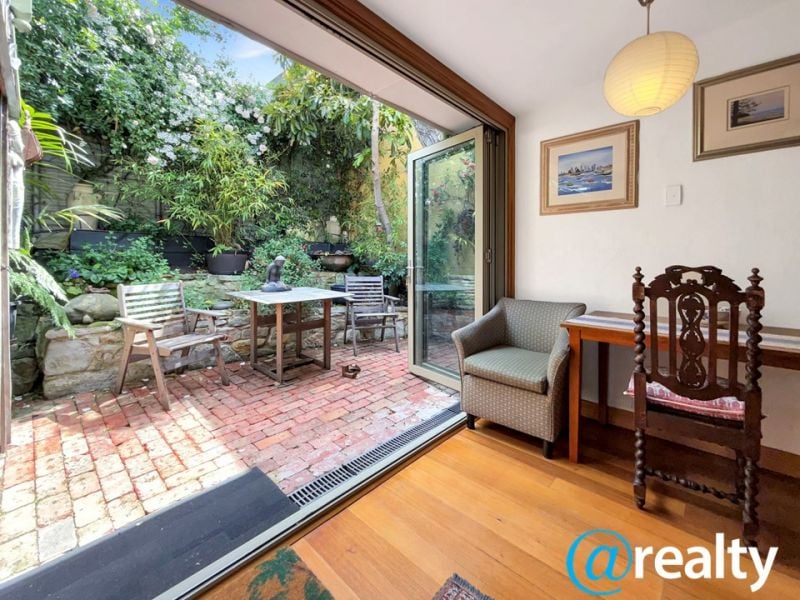 0
0
 0
0
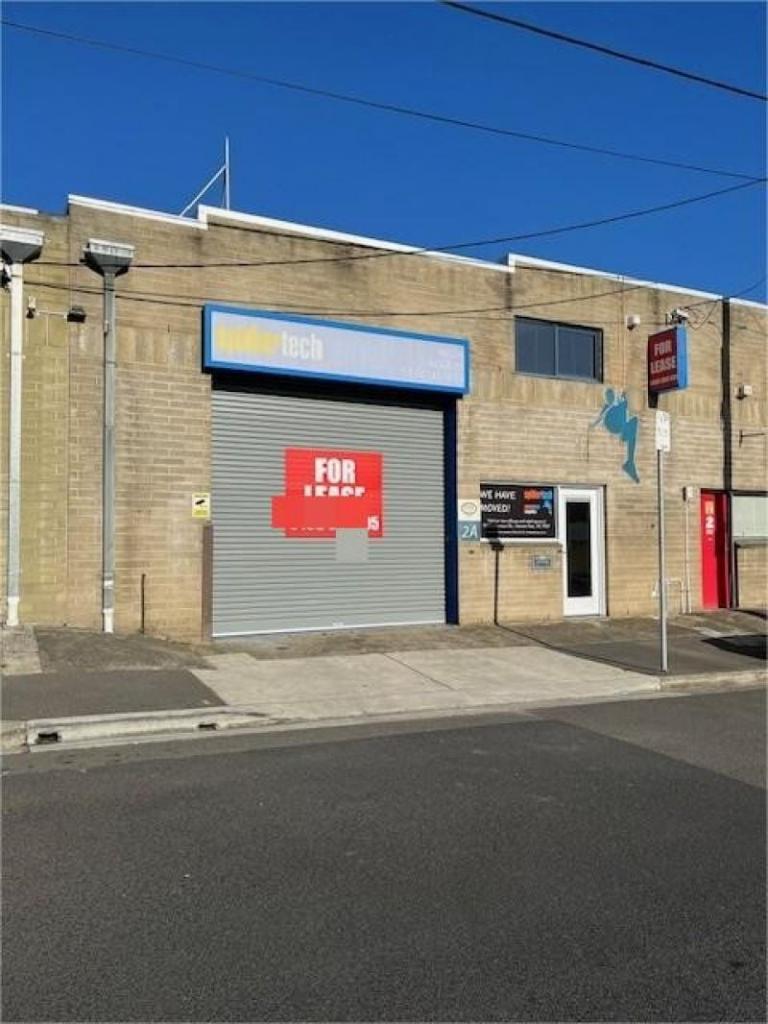 0
0
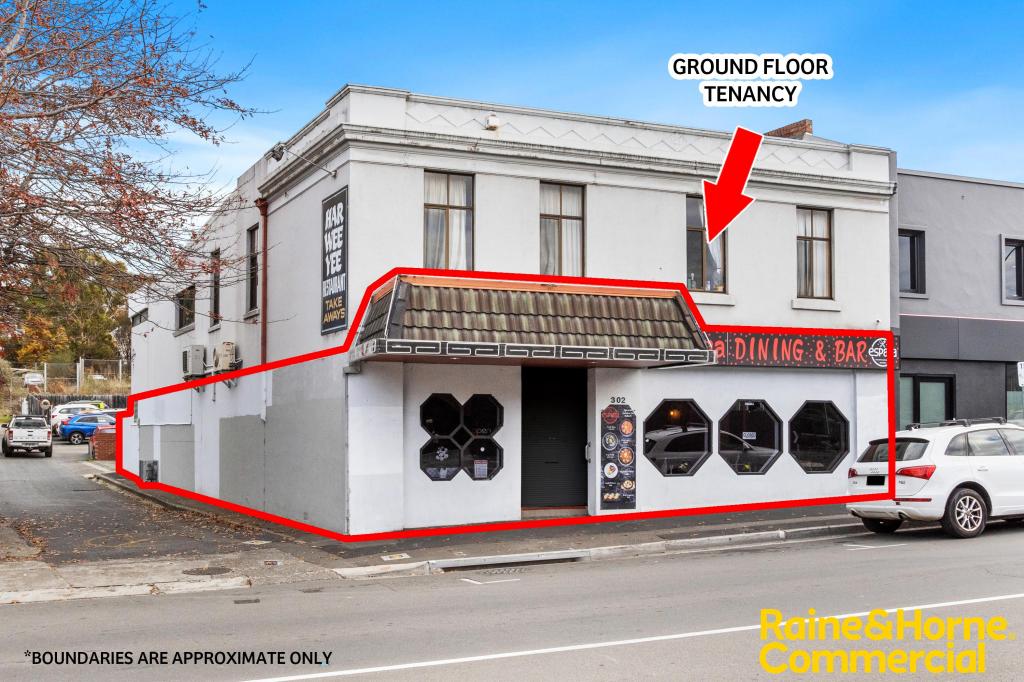 0
0
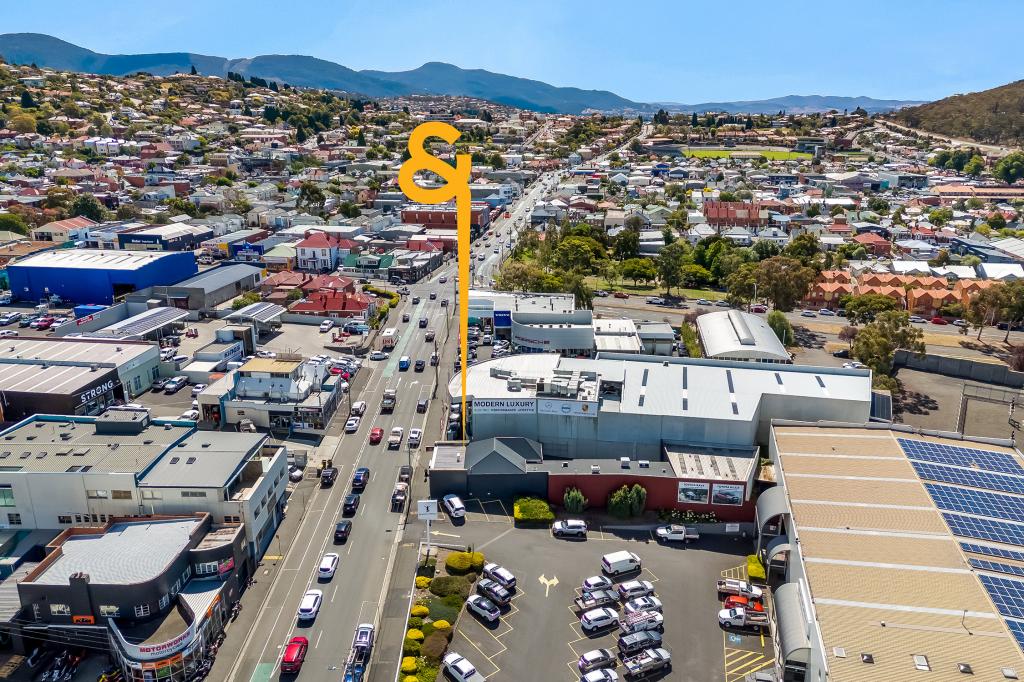 0
0
